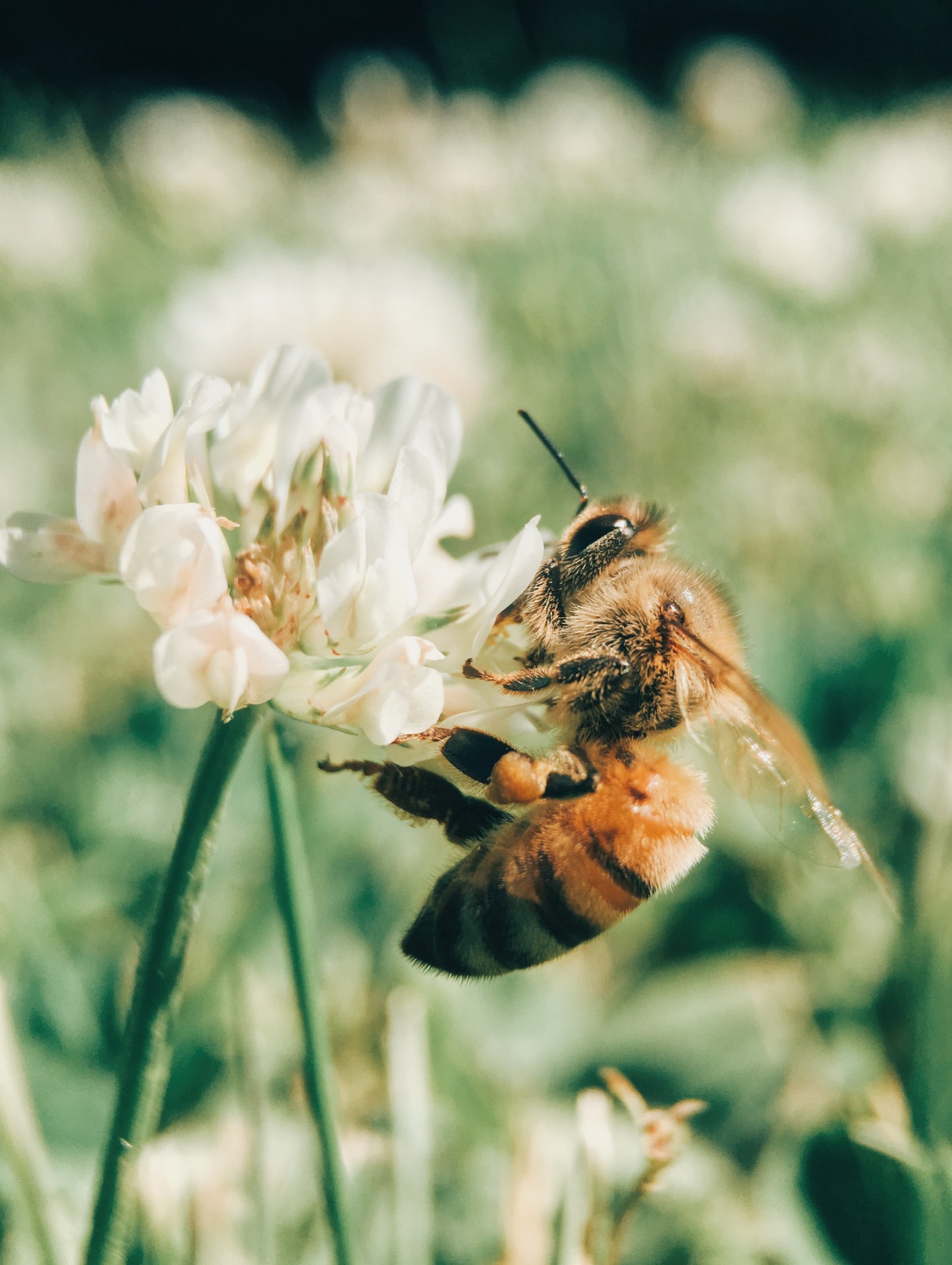We all dread that summer barbecue moment when wasps land and linger annoyingly on sweet drinks, grilled food and ketchup, and no amount of swatting seems to get rid of them.
Yet, wasps and other creepy garden insects are not all bad, insist experts. A recent study has found that wasps should be valued as highly as other insects because of their roles as pollinators and predators, and they even produce powerful antibiotics in their venom.
The yellowjackets and hornets may be pests at picnics, but they eat caterpillars on vegetables – and according to the research,
yellowjacket venom could even be a potential cancer treatment. This is why there is reason to learn to love even the most vilified insects, ‘bee’ it for helping to keep our gardens in order, or for their weird and wacky approach to survival. And here is why…
PARASITOID WASPS
Ranging in size from less than one mm to a more than two cm, parasitoid wasps kill their host from the inside out. Although it may be considered gruesome – eggs are laid inside a host insect and the grubs consume the body contents – the host often remains alive until the parasitoid larva exits.
There are thousands of species of these insects and they can help manage green and blackfly as well as caterpillars, with three species targeting the pesky lily beetle. Should you get the chance to observe them up close, you may notice the long egg laying tube (ovipositor) of some species, often wrongly thought of as a sting, which can be several centimetres long. Not all are dull black or brown, many come in reds and yellows with some species even metallic green or blue.
EARWIGS
These fast-moving creatures may be the bane of your life when you see them feasting on your dahlias and chrysanthemums, but they also feed on fruit aphids, helping to control problem green and blackfly. Commercial fruit growers even employ a product called a ‘Wignest’ to provide refuge for earwigs and help control pest numbers in orchards.
Rare for an insect, the female earwig takes charge of parental care, staying with the eggs to protect them from predators and cannibalism from other earwigs, regularly cleaning the eggs to stop the growth of damaging fungal moulds, and feeding the nymphs when hatched.
MOTHS
An unjust reputation for not being quite as showy as their sibling butterflies, many moths pollinate plants after dark. There are more than 2,500 species in Britain and some are truly striking, such as the elephant hawk moth which has bright pink and olive
stripes.
The caterpillar of this moth also grows to a staggering eight cm with black and pink eye spots and a small ‘horn’ on its rear. Turning a blind eye to the damage some caterpillars cause will ensure a steady future supply of plants, fruit and crops. They are also a vital part of the food chain, as many predatory insects and other animals, such as birds and bats, rely on moths as a food source.
DEVIL’S COACH HORSE
The large-jawed two cm-long Devil’s Coach Horse (Ocypus olens) is a common garden insect and the largest member of the rove beetle family. When disturbed, it opens its jaws wide in a threatening manner and raises its rear, exposing scent glands that emit a distinctively unpleasant odour.
Hiding under stones and debris by day, it sets out to hunt slugs and other invertebrates at night. There are more than 1,000 species of rove beetle found in the UK, ranging in size from less than one mm to over 25mm in length. All are predatory and an important part of the natural balance in gardens.
SPRINGTAIL
Springtails (Collembola), so called because they have a forked jumping ‘tail’ that enables them to spring into the air at the slightest whiff of danger, are small hexapods that rarely reach more than 5mm in length. A vital part of healthy ecosystems, springtails are nutrient recyclers feeding on decaying organic matter in the soil and the associated fungal growths.
They are found almost everywhere, including in soil, high up in trees, and even in Antarctica. Some species can occur in huge numbers, forming mats on water surfaces or jumping masses in damp compost. One of the few groups of sixlegged creatures that are not insects, there are over 250 species of springtail known in Britain which come in a vast array of colours, including bright yellow, pink, purple and even multicoloured.
For more information about garden insects, visit rhs.org.uk/advice/beneficial-insects-and-bugs







